The building an construction industry, and specifically commercial buildings, have the largest amount of global carbon emissions, as well as a large energy demand. The industry has been working diligently over many years to clean up and reduce its carbon footprint. There are several steps companies and building owners can take to help reduce their company’s or building’s contribution.
Table of Contents
Taking Steps to Reduce Your Carbon Footprint
There are several steps companies and building owners can take to help reduce their company’s or building’s carbon emissions and strive for Net Zero emissions.
What is a Carbon Footprint?
The carbon footprint of a commercial building is the total amount of greenhouse gases (GHGs) emitted both directly and indirectly by the building throughout its lifecycle. Things that contribute to a building’s carbon footprint include:
– HVAC system
– Lighting
– Power for office equipment and/or appliances
– Overall building operations & maintenance
– Production & transportation of construction materials
– Waste disposal
You can measure your building’s carbon footprint for a comprehensive view of its environmental impact and identify key areas to improve and reduce emissions.
How to Improve Your Carbon Footprint
Now that we know what a carbon footprint is and why it’s important to reduce yours, we can evaluate the different ways in which you can significantly reduce it.
Decarbonization
One of the ways to bring your company or building closer to Net Zero emissions is through decarbonization, a process which aims to lower the amount of CO2 emitted from human activity, with the ultimate goal of completely eliminating human-made CO2 emissions.
Energy Efficiency
Lower your carbon footprint by installing energy efficient lighting, appliances, and equipment as they’ll use less energy thus emitting less carbon. This applies to electronics including computers, printers, copiers, and the like, as well as the fridge and microwave in the office breakroom. Look for Energy Star compliant devices for the best performing options. In an existing building, retrofit existing systems with more energy-efficient ones, like LED lighting, and smart systems that can adjust HVAC and lighting settings based on need.
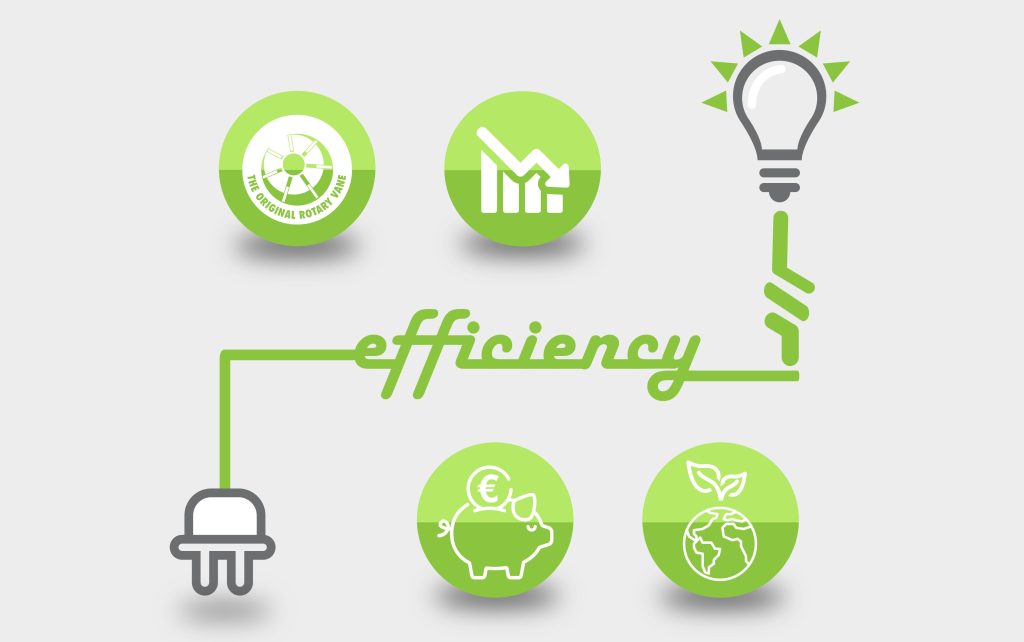
Sustainable Building Materials & Practices
Lowering a building’s carbon footprint starts from the ground up. At the design and construction phase you can choose more sustainable building materials. These materials are made through processes with less carbon emissions, then once built into your building also cut down on carbon emissions. Bamboo, Green roofs, and recycled materials like glass and plastic are just a few. For a more comprehensive list, check out our blog post here.

In addition, more sustainable building practices help reduce emissions as well. Using electric-powered machines over fossil fuel-powered machines is a big step you can take from the outset of a project.
Operations & Maintenance
Carbon footprint reduction doesn’t stop at the building and construction phase. Day-to-day operations. Regular maintenance and systems upgrades play a critical role in a building’s overall carbon footprint. Staying on top of maintenance issues, as well as upgrading to the most energy-efficient solutions possible improves energy efficiency, reduces carbon footprint, and can even extend the lifespan of equipment – reducing the need for replacement, which brings its own carbon footprint. Other sustainable practices in daily operations include waste management and water conservation, further reducing environmental impact through resource depletion.
Renewable Energy
Transitioning an existing building, or constructing a new building with renewable energy resources in mind is another great way to reduce carbon emissions. Solar panels on building roofs or covered parking, wind turbines, and geothermal heating and cooling practices are not just renewable sources, they’re clean, reduce reliance on fossil fuels, and are more cost-effective. With enough renewable energy created, your building can operate its electrical systems at a significantly lower cost.
Waste Management
Commercial real estate produces a lot of waste, both during construction and during operation once completed. Devising a waste management program that focuses on the ideas of reduce, reuse, recycle cuts down on waste generated. Adopt a “circular economy” in which the building is designed for durability, adaptability, and even disassembly, which allows materials to be reused or recycled at the end of their current lifecycle: minimize waste, maximize resource efficiency, and contribute to sustainability while cutting your carbon footprint at the same time.
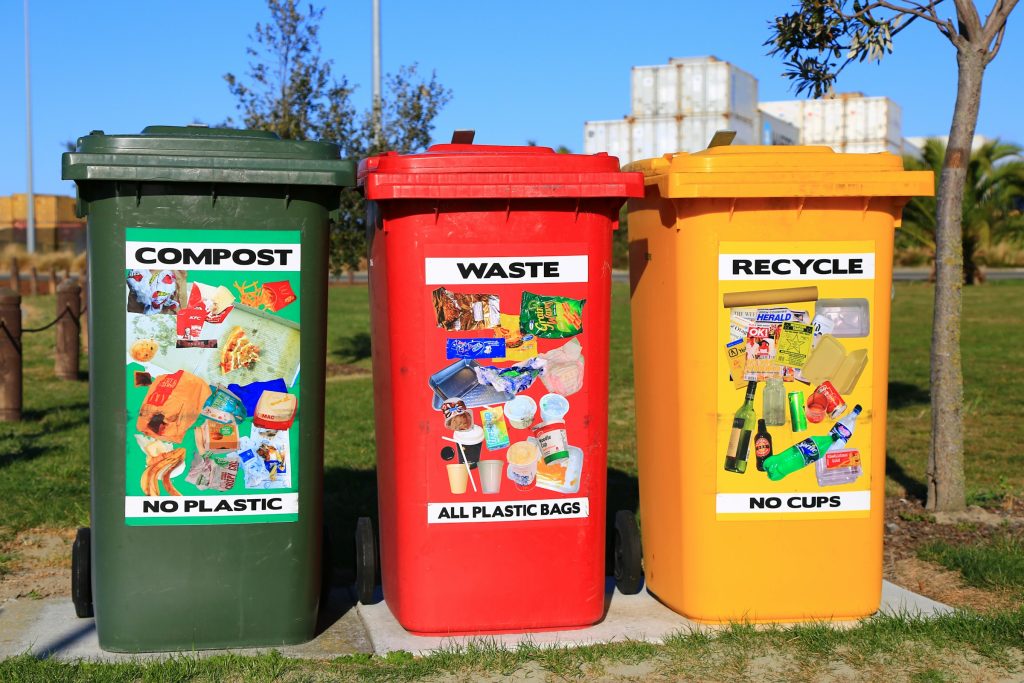
Carbon Offsetting
Some carbon emissions are unavoidable – they can be reduced, but not completely eliminated. To compensate, companies striving for lowered carbon emissions can partake in carbon offsetting, or compensating for their unavoidable carbon dioxide emissions by funding projects to reduce or remove their equivalent contribution. Some ways to offset your carbon dioxide impact include investing in projects like:
– Reforestation
– Soil carbon sequestration
– Direct air capture
Carbon Credits
Companies can also purchase carbon credits. These are financial instruments that represent the company’s dedication to avoidance, reduction, or sequestration equal to one ton of carbon dioxide emissions. Through the purchase of these credits, companies are investing in the development of new and innovative technologies and practices in the global carbon reduction effort.
Offer Work From Home Opportunities
The world of work changed in 2020 with the onset of the Covid 19 pandemic. Workers were told to stay home to prevent the spread of the disease, but businesses still had to maintain operations to stay afloat. Many offered remote work and work-from-home options, setting up employees with different means of communications like video calls, instant messaging, and more to stay connected and collaborate on important projects.
While many companies are calling for a “return to the workplace” and calling all their employees back to the office, carbon-conscious employers may opt to keep their remote work policies in place. Letting employees work from home (whether completely or only one or two days a week) reduces the amount of vehicles on the road, many using fossil fuels and emitting carbon dioxide.
Choose Sustainable Suppliers
You may be working to control and reduce your carbon footprint, but not everyone is. Work with your company’s procurement and purchasing department to choose suppliers whose sustainability goals are in line with your own. Look for suppliers producing items that can be recycled or refurbished, and purchase from local suppliers to not only increase sustainability but also simplify your supply chain.
Economic benefits of carbon-neutral commercial real estate
Environmental impact is the driving force behind carbon footprint reduction in commercial spaces, but there are economic benefits you can take advantage of while you’re at it!
Long-Term Savings
Many of these carbon emissions reduction steps take a significant amount of time and money to implement. What looks like a costly bottom line right now will pay large dividends down the road. Retrofitting old buildings, or including energy efficient items like advanced HVAC, LED lighting, and smart building management systems to control it all reduces energy consumption – and lowers utility bills. Implementing renewable energy through solar and wind power also cuts costs over time that will far outweigh the initial investment.

Stand Out From the Rest
Taking steps to reduce your environmental impact get noticed. You’ll see it boosts your brand, attracts investors, improves reporting, and can make you the preferred partner in many projects going forward – all saving on your costs and fostering growth (more profits)!
Higher Property Values
Whether commercial or residential, implementing sustainable building and operating technologies have a premium price tag. Your green building will be more attractive to buyers, investors, and potential tenants who also recognize the long-term financial and environmental benefits of such buildings, leading to higher rents and sales prices.
Tax Incentives & Rebates
Aside from long-term savings through lowered utility bills and operational costs, your green building can lower costs by taking advantage of potential tax incentives and rebates allotted to companies that invest in green building and operation practices.
Final Thoughts
These are just a few of the many ways you and your company can contribute to carbon footprint reduction. Structr Group is committed to helping you reach your goals of reduced carbon emissions or working toward Net Zero emissions for a better building and better environment.
Contact us today!
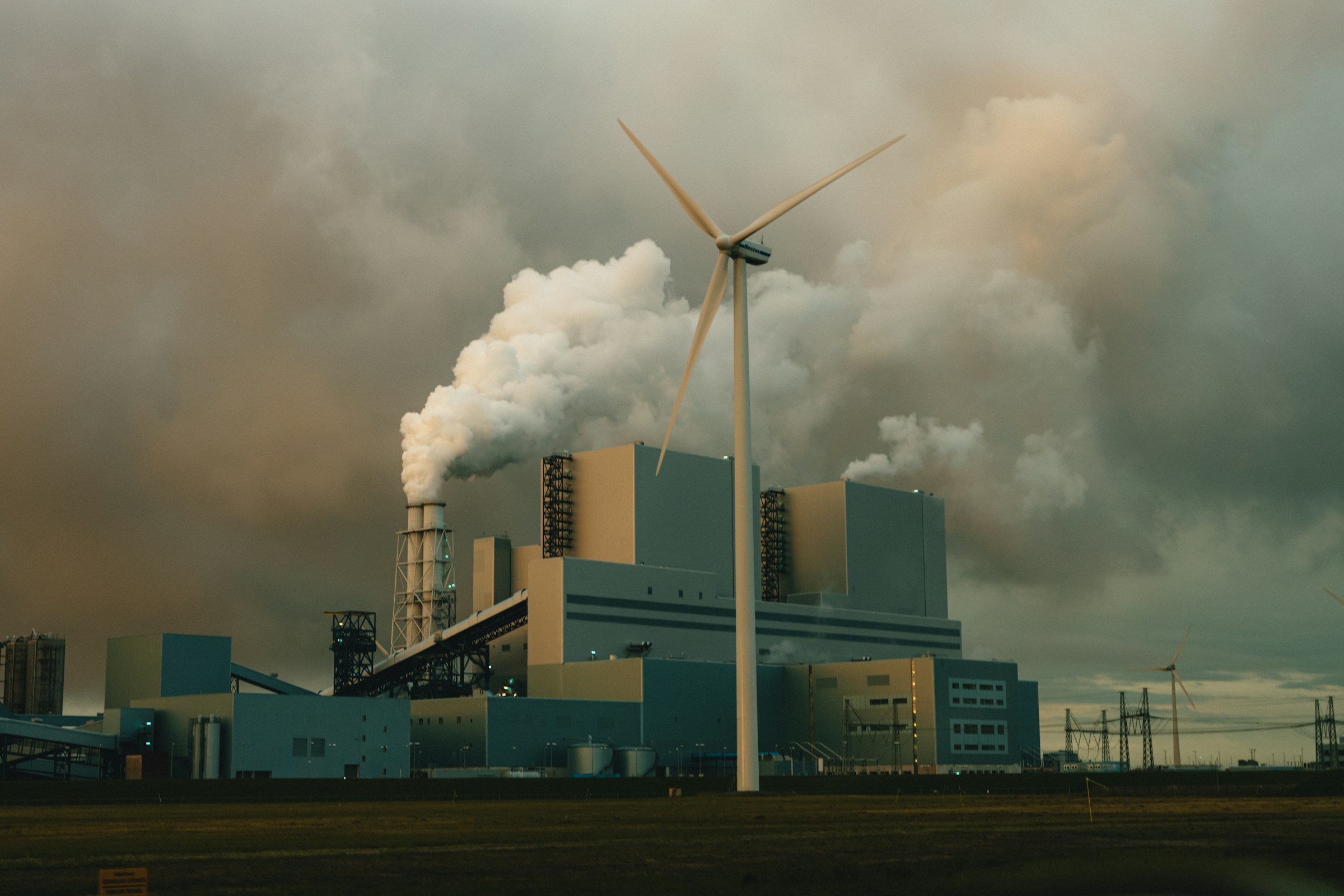
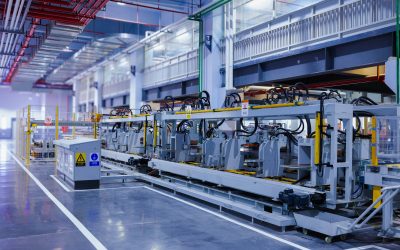

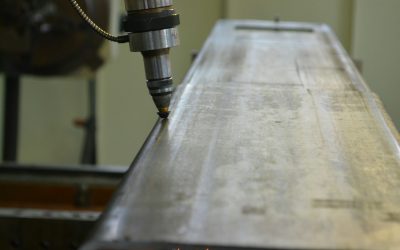
0 Comments